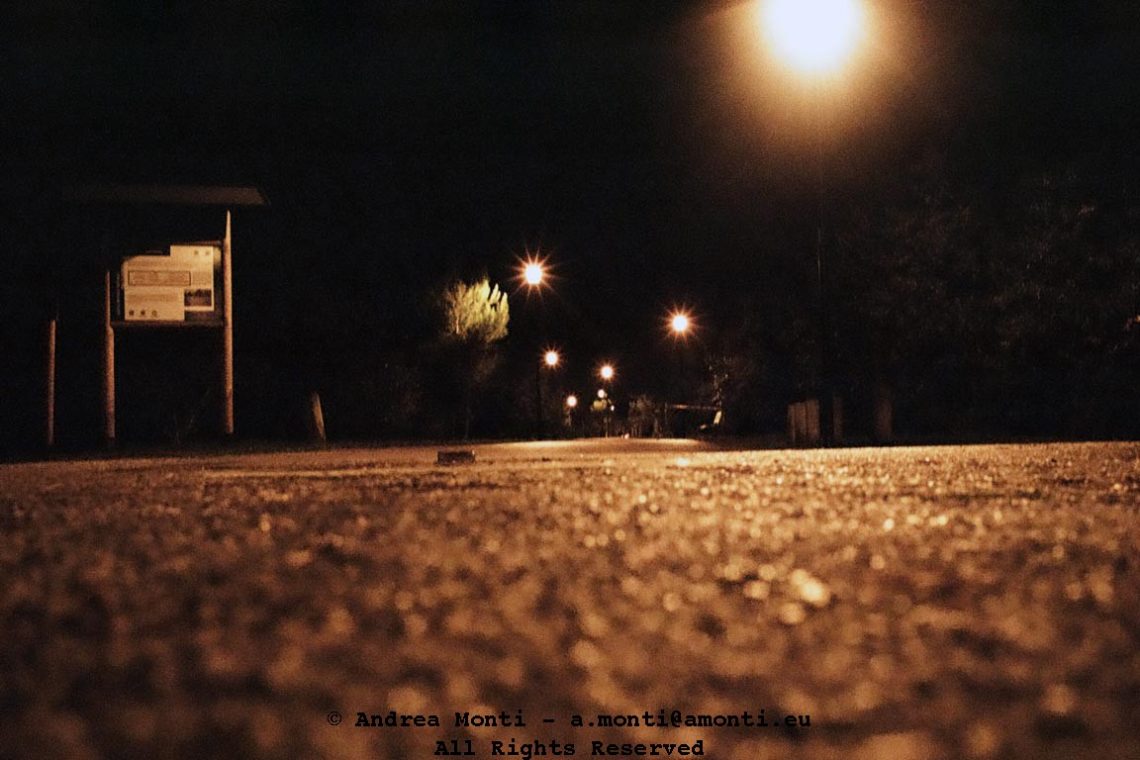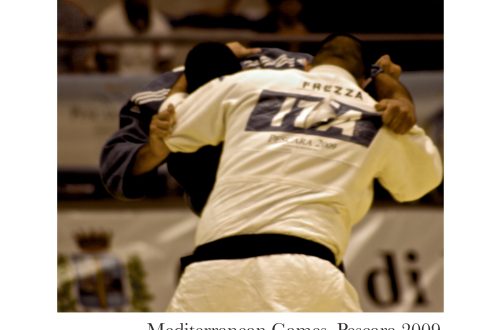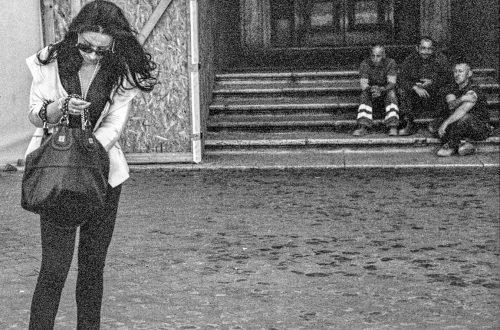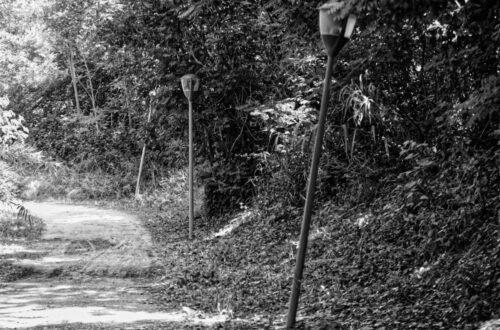
Bulbs
This photograph was taken from the ground up, the lens almost brushing the asphalt. By choosing such a low perspective, the surface of the road becomes as important as the row of streetlights that recede into the distance. The texture of the pavement dominates the foreground, glistening with a grainy sharpness that catches the artificial glow.
Technically, the image pushes the limits of night photography. The exposure is long enough to register detail in the dimly lit environment, yet short enough to keep the lamps from collapsing entirely into pure white orbs. The result is a series of glowing bulbs, haloed by flare, guiding the eye deeper into the composition. Noise is visible in the darker areas, but here it adds to the atmosphere rather than detracting from it, reinforcing the raw quality of a scene not polished by studio perfection.
The strength of the picture lies in its tension between the ordinary and the theatrical. Streetlights on a rural or suburban road are hardly remarkable, but by altering perspective and framing, the photograph transforms them into a procession of luminous markers. The darkness envelops everything else; only the illuminated patches of asphalt and the rhythm of light punctuate the void.
The image becomes a study in isolation, about how artificial light defines space when natural light has vanished. It conveys not motion but stillness, a suspended moment where the road exists only as far as the bulbs allow it to be seen.




